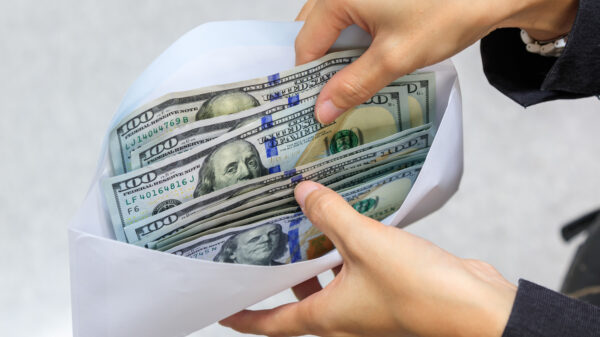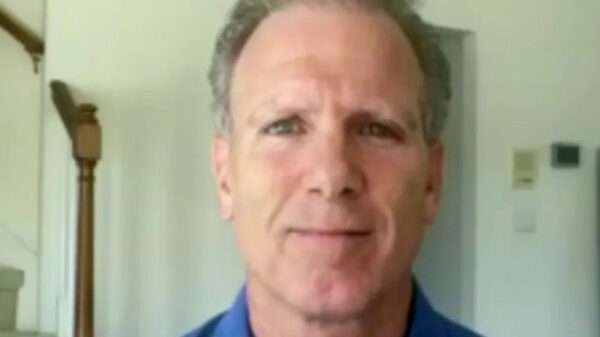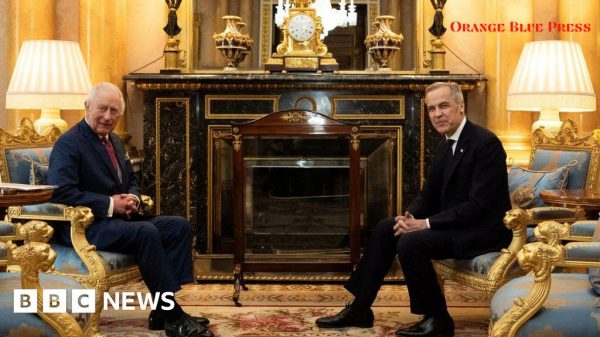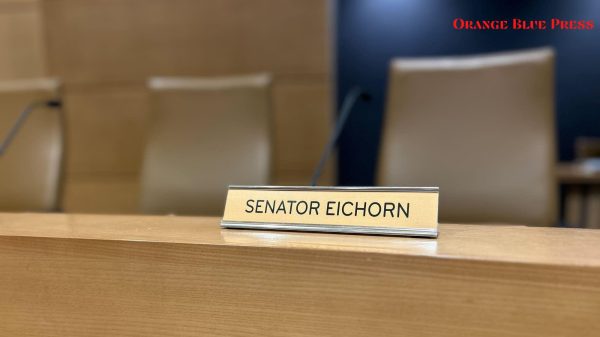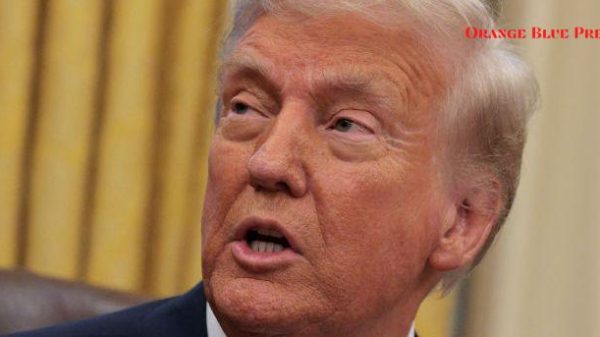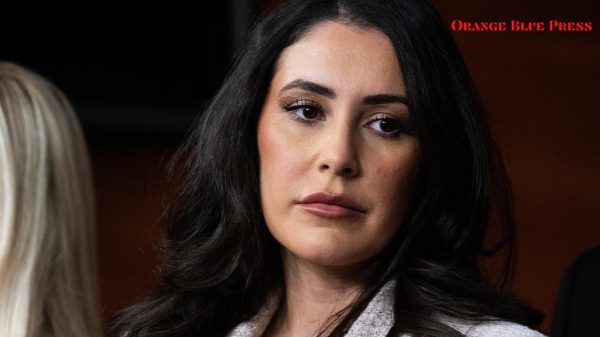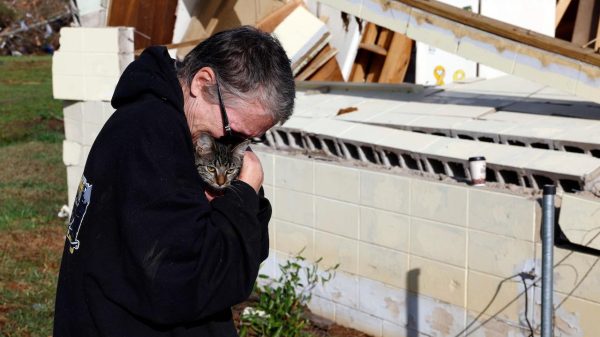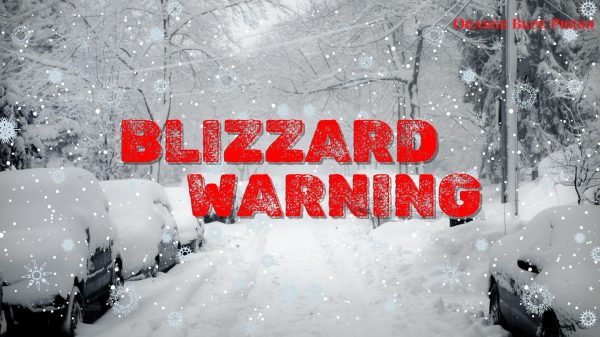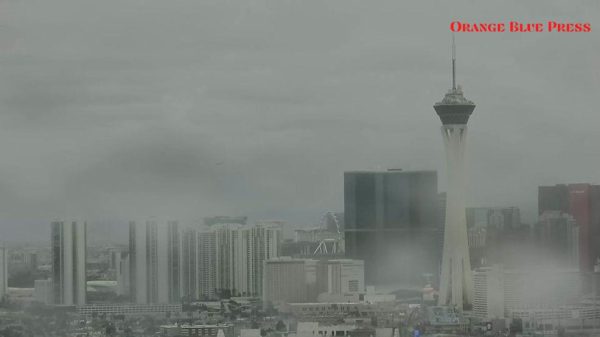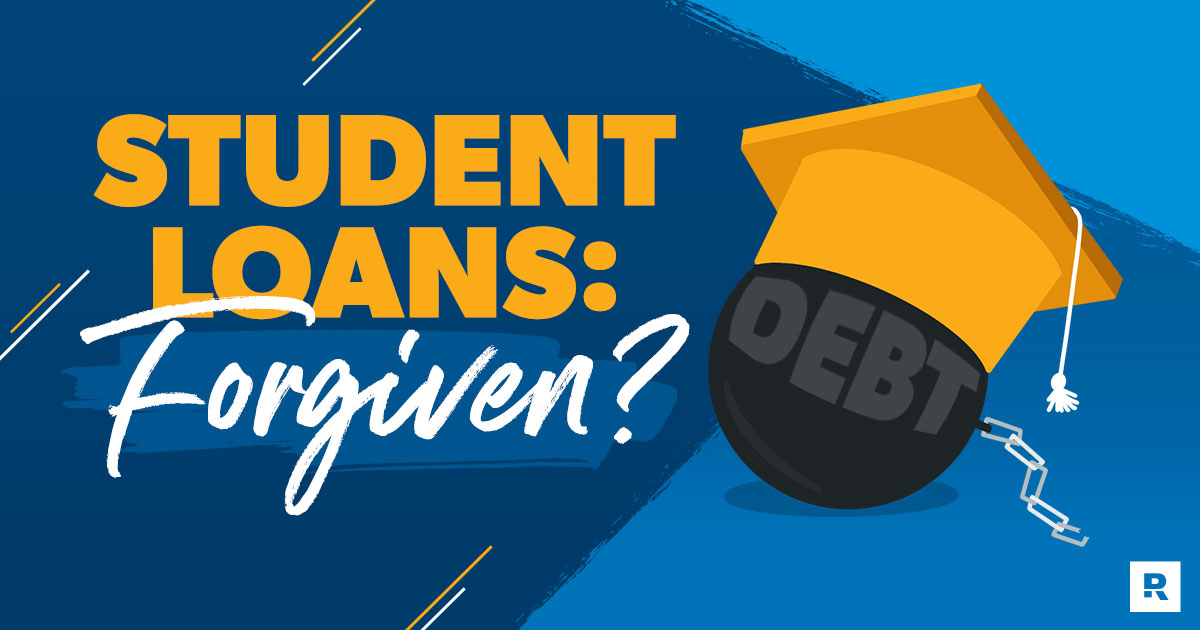President Joe Biden announced a plan to provide student loan forgiveness debt relief. The program aims to help millions of borrowers alleviate their financial burdens by erasing billions of dollars of student loan debt.
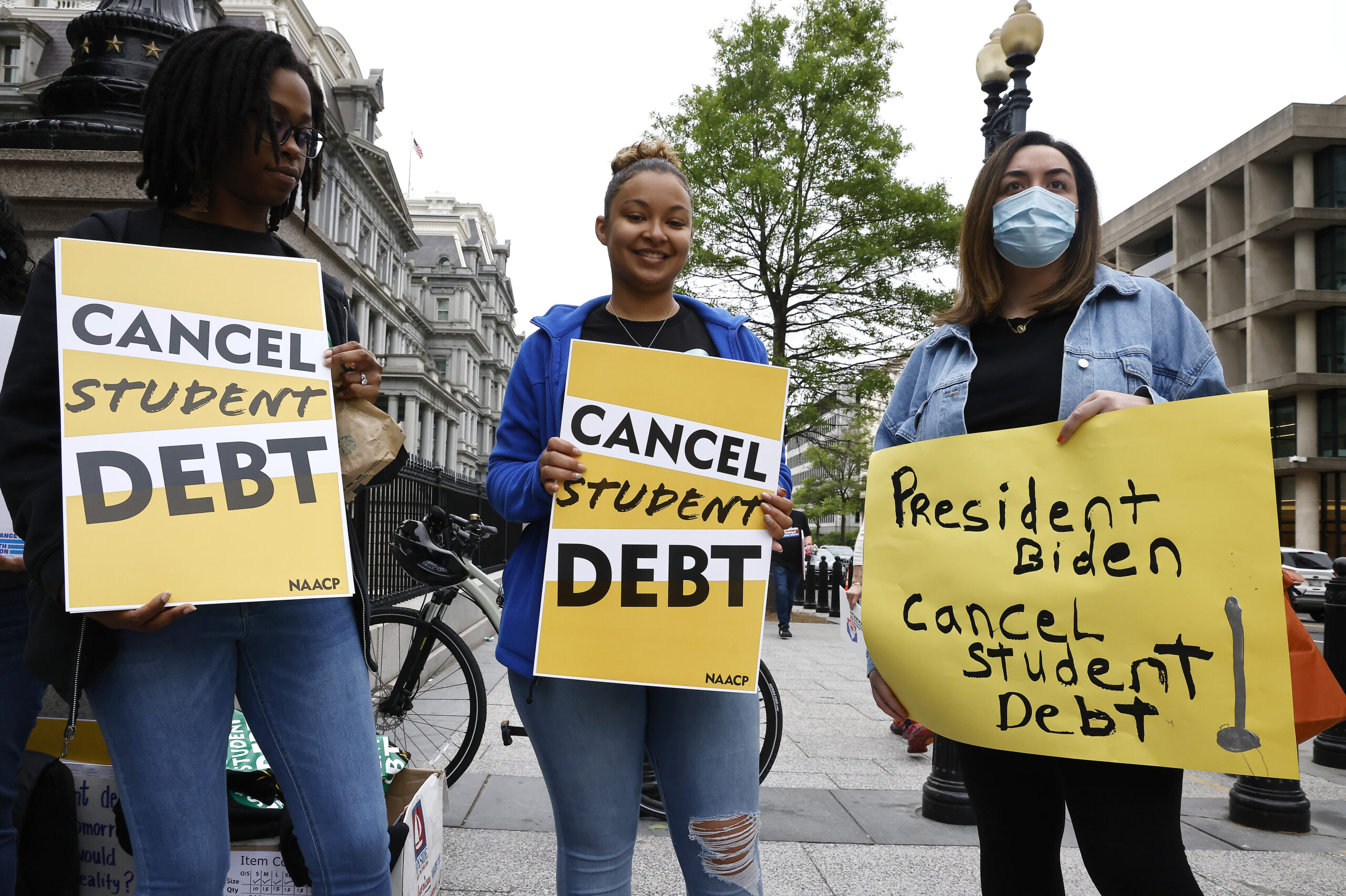
Updates on student loan forgiveness debt relief. (Photo: CNET)
Student Loan Forgiveness Debt Relief Program
The student loan forgiveness debt relief program is designed to erase a significant portion of student loan debt for eligible borrowers. Under this program, the government will forgive up to $10,000 of federal student loan debt for borrowers who meet specific qualifications. This will provide a significant amount of relief to many borrowers who are struggling to make ends meet and repay their loans.
One of the significant benefits of the program is that it will provide immediate financial relief to borrowers who are struggling to make their student loan payments. The forgiveness of up to $10,000 in federal student loan debt can make a significant difference for those who are struggling to pay their bills and make ends meet. It can help borrowers pay off their debts faster and free up more of their income for other expenses.
Who are Qualified for the Student Loan Forgiveness Debt Relief?
The student loan forgiveness debt relief program has specific eligibility criteria that borrowers must meet to qualify for debt relief. Borrowers must have federal student loan debt and meet specific requirements, including being in good standing with their loans and not being in default. Borrowers must also have an annual income of less than $125,000 to qualify for the program.
However, not all borrowers will be eligible for the program. Private student loans are not eligible for forgiveness under this program. Additionally, borrowers with Parent PLUS loans or FFELP loans are not eligible for the program. Only Direct Loans and Federal Perkins Loans are eligible for student loan forgiveness debt relief under this program.
Moreover, the student loan forgiveness debt relief program aims to prioritize borrowers who have been adversely impacted by the COVID-19 pandemic. This includes borrowers who have experienced job losses, income reductions, or other financial hardships due to the pandemic. Borrowers who are struggling to make their student loan payments due to the pandemic will have priority in the program.


